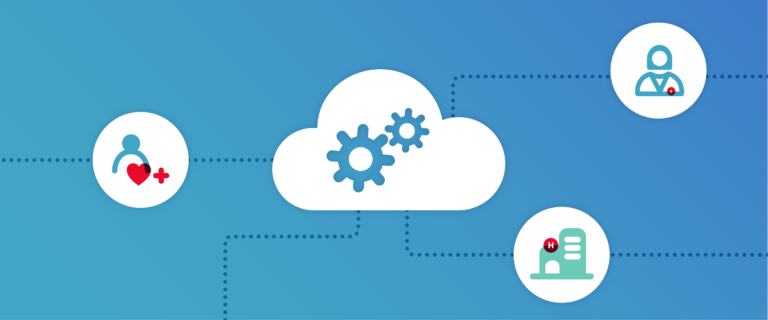Building One Source of On-Call Truth – One Schedule At a Time
When a healthcare system creates an initiative to build “one source of on-call truth”, the foundation will be implementing an enterprise-wide physician call scheduling software solution throughout the organization. In order to get the most value from an on-call scheduling software, it’s best to choose a fully-automated system that has a few basic functions.













